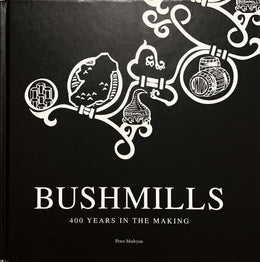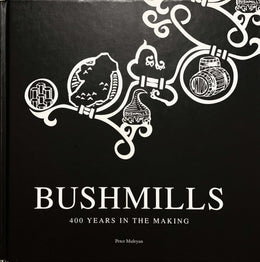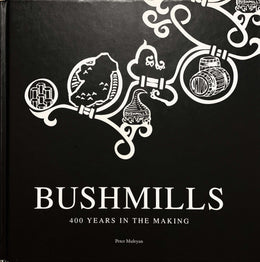
Nowadays the word 'prohibition' has become synonymous with 1920s America. But in the early decades of the 20th century, a wave of anti-drink zeal gripped Western Europe. Many countries including Russia, Iceland and Norway prohibited the sale of alcohol. Lloyd George told the UK that "we are fighting Germany, Austria and drink, and the greatest of these deadly foes is drink."
The United Kingdom then came very close to banning alcohol. In 1916 The New York Times ran a major story under the headline 'Prohibition Wave Sweeping Britain'. The article explained that the King had banned alcohol throughout his household but "the impression is growing that the Government will content itself with bringing in a measure prohibiting the sale of spirits." The newspaper was right —in the end, Britain opted for control over Prohibition. Pub opening hours were shortened and they had to close in mid-afternoon, which in Ireland became known as "the holy hour".
In the United States, Prohibition started out as a realisation of the American Dream. The Volstead Act of 1919 prohibited the "manufacture, sale, or transportation of intoxicating liquors" but what happened next was unexpected. The manufacture, sale and transportation of intoxicating liquors went from the hands of legitimate business into the hands of gangsters. Irish whiskey, prized and sold at a premium in pre-Prohibition American, was an obvious target for the bootleggers, who wasted no time in producing their own version of Irish whiskey. This bootlegging caused huge and lasting damage to the reputation of Irish whiskey in the States.
Prohibition meant that from the middle of January 1920, the vast market of the United States of America was closed to Irish and Scottish whiskey exporters. Almost immediately distilleries across these islands were mothballed: the English whiskey industry would never recover. However, there was a loophole that allowed spirits to be sold through registered pharmacies for medicinal purposes. The Scots quickly cornered this market with their single malts and blends.
At the height of the 'dry' season in 1923,the Rudd brothers created the 'Catty Sark' blend specifically for the American market. Their new whisky was shipped to the Bahamas, then loaded aboard British registered vessels which anchored in international waters off New York, in what became known as `Rum Row'. Sometimes it was smuggled in through Canada, where it found a welcome market. Within a couple of decades 'Cutty Sark' was the biggest selling Scotch in the United States.

While Capone and his ilk were destroying the reputation of Irish whiskey, and the Scots were busy building brands in America, the major Irish distillers were sleepwalking towards disaster. In the 1920s Joe Kennedy (father of John F. Kennedy), approached both Jameson and Powers with a speculative 'post-Prohibition' order for whiskey. Even though both companies could have done with the work they declined, as accepting the business would be conniving to break the law Joe Kennedy then approached the Scots, who had no problem filling his order.
The Irish, with one honourable exception, simply turned their backs on the closed American market. That exception was Samuel Wilson Boyd, and he had recently bought himself a distillery —Old Bushmills.

John A. Leach, Deputy Police Commissioner for New York, watches agents pour liquor into sewer following a raid in 1921
Written by Peter Mulryan
The text is an excerpt from "Bushmills: 400 Years in the Making" (pp. 71 - 73), written by Peter Mulryan, published 2008 by Appletree Press Ltd.







